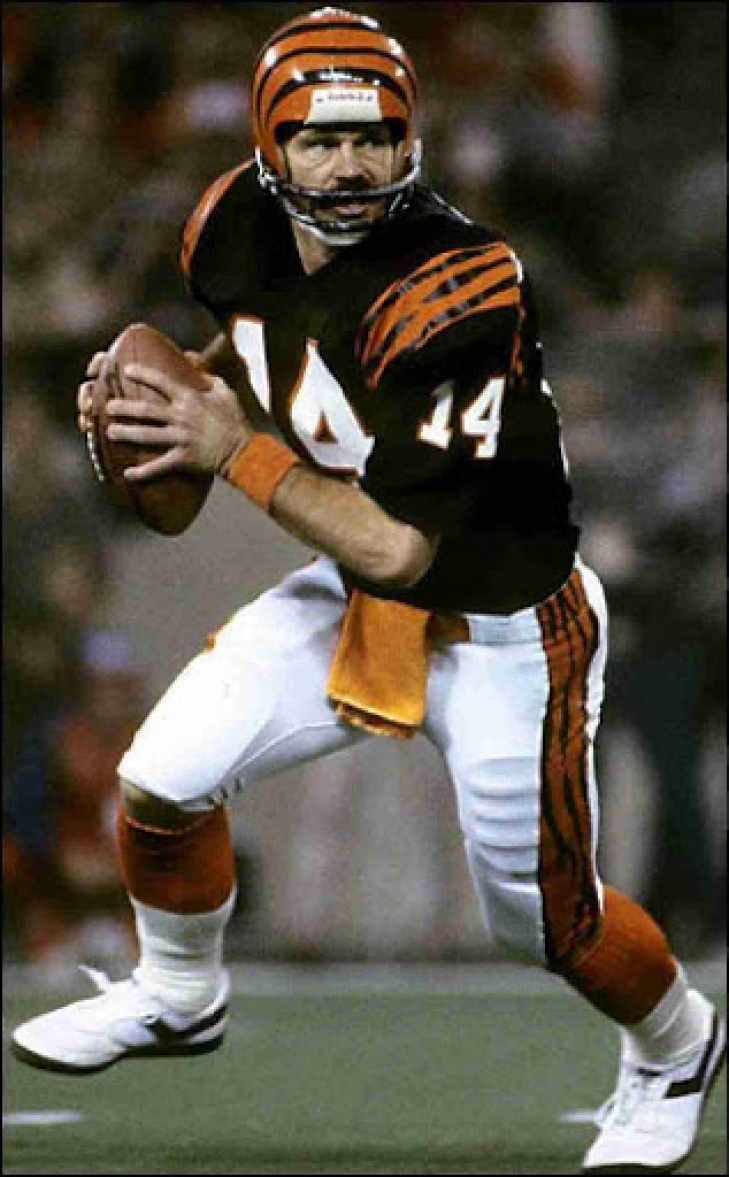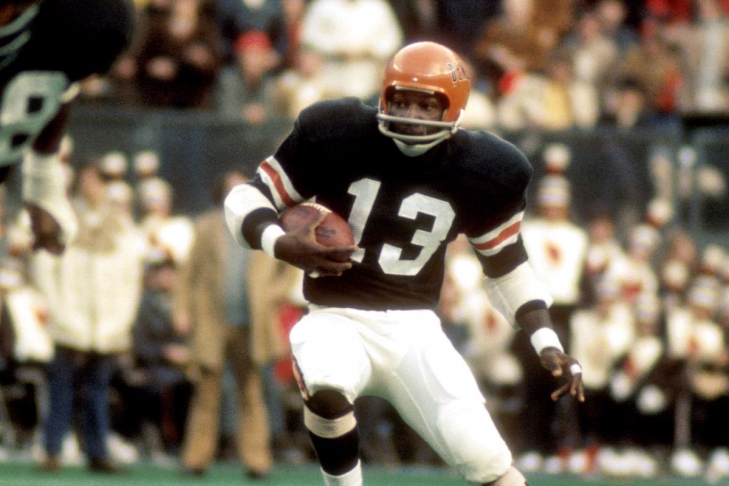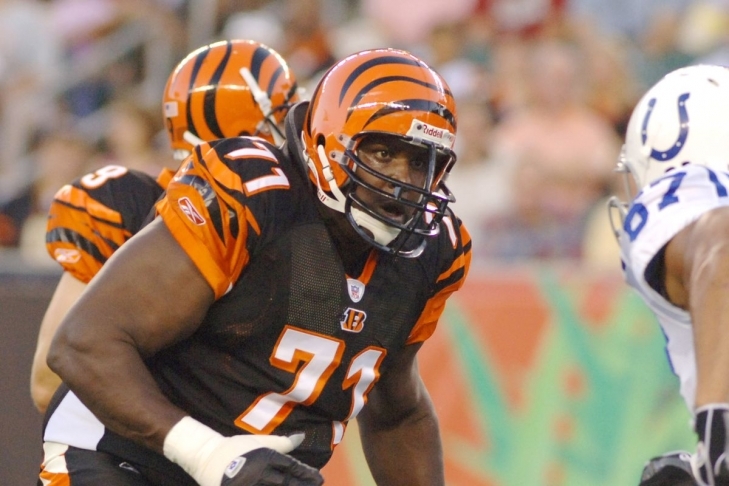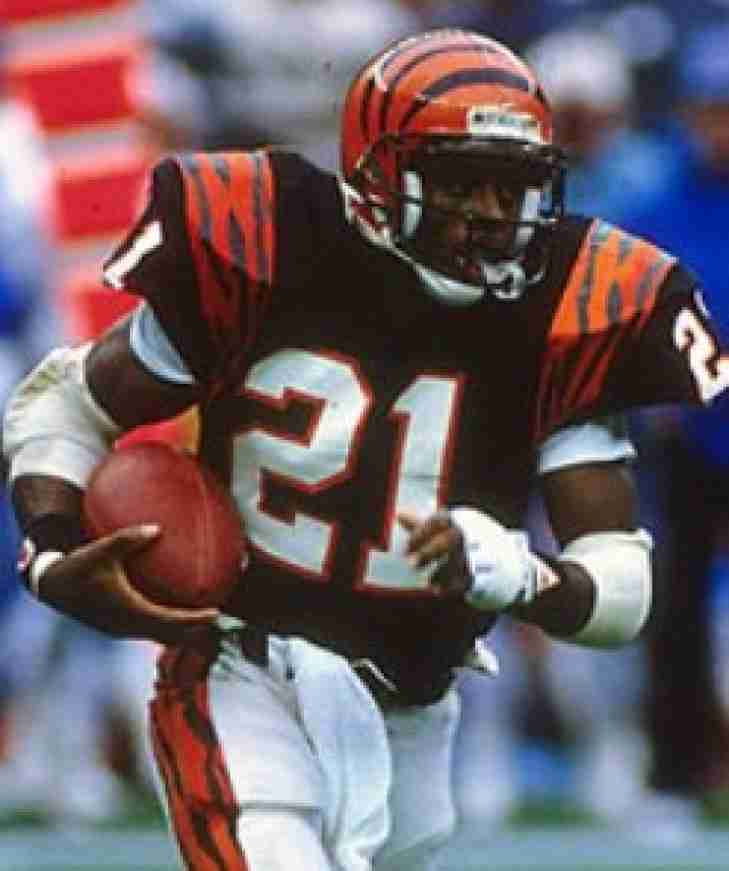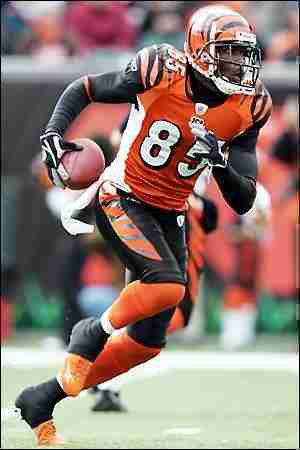8. A.J. Green
A.J. Green went Fourth Overall in the 2011 Draft, making the Georgia Bulldog the highest-drafted Wide Receiver that year.
3. Geno Atkins
Geno Atkins played the first eleven seasons of his NFL career with the Cincinnati Bengals, where he has been the brightest part of their defense for most of that duration.
6. Willie Anderson
Willie Anderson was one of the most prolific Offensive Lineman in the history of the Cincinnati Bengals. He played his entire pro career with Cincy except for his last year as a Baltimore Raven.
5. Boomer Esiason
Ken Anderson was the Bengals Quarterback when the team drafted Boomer Esiason as his heir apparent. Esiason was a star at Maryland, and despite being drafted as late as he was, the Terrapin was the first QB chosen in 1984.
2. Ken Anderson
Playing his entire career with the Cincinnati Bengals, it is mostly acknowledged that the most productive Quarterback in franchise history is Ken Anderson, a player they stole in the Third Round in 1971.
1. Anthony Munoz
The 1980 Draft yielded three future Hall of Famers, and the Cincinnati Bengals, who had the third pick, took the best of them all that year, Anthony Munoz.
4. Ken Riley
There are many underappreciated players, but you could argue that Ken Riley had (while he played anyway) taken being snubbed to another level. We will get there, but let’s look at his overall career first.
The Buck Stops Here -- The Cincinnati Bengals and the Pro Football Hall of Fame
115. Willie Anderson
Willie Anderson came into the National Football League with high expectations when he was drafted 10th Overall by the Cincinnati Bengals in 1996. Arguably, it took Anderson awhile before he lived up to what was hoped for him, but the Offensive Tackle may very well have exceeded expectations when it was all said and done.
284. Carson Palmer
Carson Palmer was the 2002 Heisman Trophy winner and the USC Quarterback was considered a can’t miss prospect in the NFL. Palmer would be drafted first overall by the Cincinnati Bengals and the organization would take their time with the pivot as they did not play him in his rookie season choosing to start him in 2004 and in 2005 he was a Pro Bowl Selection who was second in the NFL in Completions, fourth in Passing Yards and he led all Quarterbacks in Touchdown Passes while taking the Bengals to the playoffs, though he would suffer a severe injury in the playoffs.
16. Lemar Parrish
Generally, if you are selected to eight Pro Bowls in a decade, regardless of your position, it stands to reason that you won’t be forgotten. Somehow, Cornerback Lemar Parrish managed to slip through the cracks of football consciousness as his legacy just doesn’t seem as big as it should be.
You can’t be selected to eight Pro Bowls in eleven years without being consistent. Parrish was certainly that, but while he was a top Cornerback, he was also a top Punt Returner for the first half of his career. Once he stopped returning punts, Parrish would actually have some of his best years at Cornerback as he landed his only First Team All-Pro selection at the age of 32. Parrish matched any attacking Wide Receiver man-to-man, and that skill can be argued as to why longtime Bengals teammate, Ken Riley entered the Pro Football Hall of Fame years later.
As freakishly consistent as Lemar Parrish was, he was never considered the best at his position. This is certainly one of those cases, where a year of dominance would have done wonders for his Hall of Fame cause, though he has all the good for Canton as is.
Should Lemar Parrish be in the Hall of Fame?
138. Boomer Esiason
Replacing the productive Ken Anderson, the powerful southpaw became one of the premier Quarterbacks in the league. During his time in Cincinnati, Esiason was a consistent producer and he turned the Bengals into a high powered attack. Mastering the play-action pass, Boomer used his strength and speed and was always producing high yardage games.
9. Ken Anderson
Bill Walsh's West Coast Offense is currently a popular football strategy. Despite its name, it was first executed by Ken Anderson in Cincinnati. Anderson spent his entire career with the Bengals, where he set passing records for the franchise. He was known for his incredible accuracy and mastery of the short-yardage pass. Anderson led the league in Quarterback Rating four times and in 1982, he set a season record (which he still holds) with a 70.6% highest completion percentage. Although he made it to the Super Bowl, his team lost, but he still played brilliantly.
Unfortunately, Anderson played during a time when flashy quarterbacks were more highly regarded, and despite his skills, he did not receive the recognition he deserved. He has only been a finalist for the Hall of Fame twice, which further illustrates this point. Considering that Anderson did not have the same calibre of weapons as other quarterbacks of his era, his stats are even more impressive than they might initially seem.






